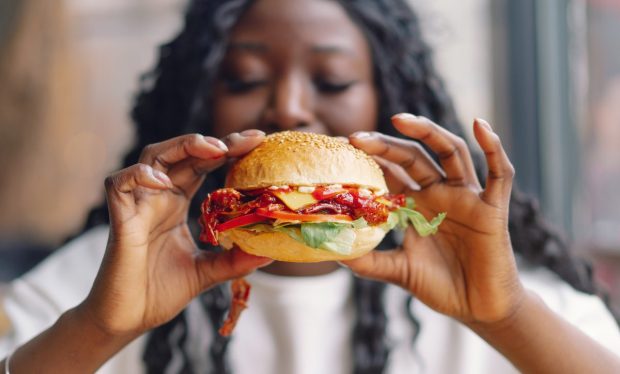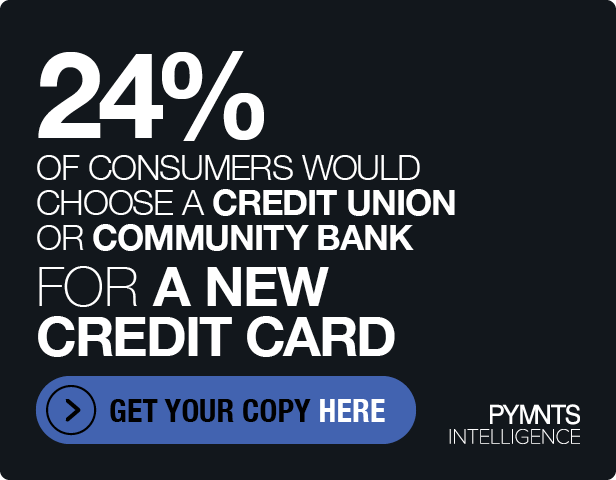Restaurants Push Rewards as Digital Growth Stalls

After a surge in digital engagement with restaurants in the early stages of the pandemic, consumers around the world, it seems, have been pulling back, prompting restaurants to step up their technology efforts.
According to data from PYMNTS’ study “How the World Does Digital: Daily Digital Engagement Hits New Heights,” which drew from a survey of more than 17,500 consumers in 11 markets that account for 50% of the world’s gross domestic product (GDP), digital engagement overall grew 2.4% year over year in the first quarter of 2023. Yet, at the same time, digital transformation in the restaurant industry fell slightly, a decrease of 0.1%, making the industry the only one to see a decline in online activity.
Take, for instance, Chipotle Mexican Grill, the Newport Beach, California-based fast-casual giant, which has more than 3,200 locations across five countries. In the first quarter of 2022, digital channels represented 42% of the brand’s sales, and in Q1 2023, that share had fallen to 39%, as the brand shared on its latest earnings call.
To drive up digital engagement, the brand has been looking to reduce friction for loyalty members by using geo-locating technology.
“During the quarter, we … rolled out our advanced location-based technology for the app, which allows for a more seamless process for scanning rewards, as it prompts reward members to scan while they are waiting in line,” CEO Brian Niccol said on a call with analysts. “This has resulted in more rewards members scanning for points in our restaurants, which drives further engagement in our rewards program.”
Conversely, some restaurant brands have succeeded in driving up digital engagement even as consumers overall have pulled back. Coffeehouse chain Starbucks, for instance, the world’s largest restaurant brand by revenue, saw rewards members account for 57% of revenue at company-operated U.S. stores in its most recent quarter, up from 54% the previous year.
This uptick was helped by the brand’s move to enable licensed locations to offer mobile ordering and the ability to earn and redeem rewards, a program called Starbucks Connect.
“We are excited about our growth in active Rewards members, as it’s a contributing factor in consistent demand,” CEO Laxman Narasimhan told analysts on the company’s latest earnings call. “We have been the vanguard in this area, and you can expect us to further invest and lead. An example of that investment is Starbucks Connect, which is now in over one-third of our U.S.-licensed stores, giving our customers even more opportunities to engage with our brand.”
Quick-service restaurant (QSR) giant McDonald’s, for its part, saw even higher digital growth, with its system-wide digital sales — a figure that accounts for mobile app, kiosk and delivery orders — growing to nearly 40%.
“We’re learning when they visit, how they visit and what they buy,” Chief Financial Officer Ian Borden said on the company’s latest earnings call. “With more and more of our sales coming through identified channels than ever before, we’re also continuing to improve our customers’ mobile app experience with new initiatives that provide a more seamless interaction.”
Indeed, as restaurants push back against consumers’ declining enthusiasm for digital ordering, personalization is becoming a key battleground for leading restaurant brands, with major brands looking to get smarter about using consumer data to specifically target diners’ purchasing preferences and behaviors and keep them coming back.

